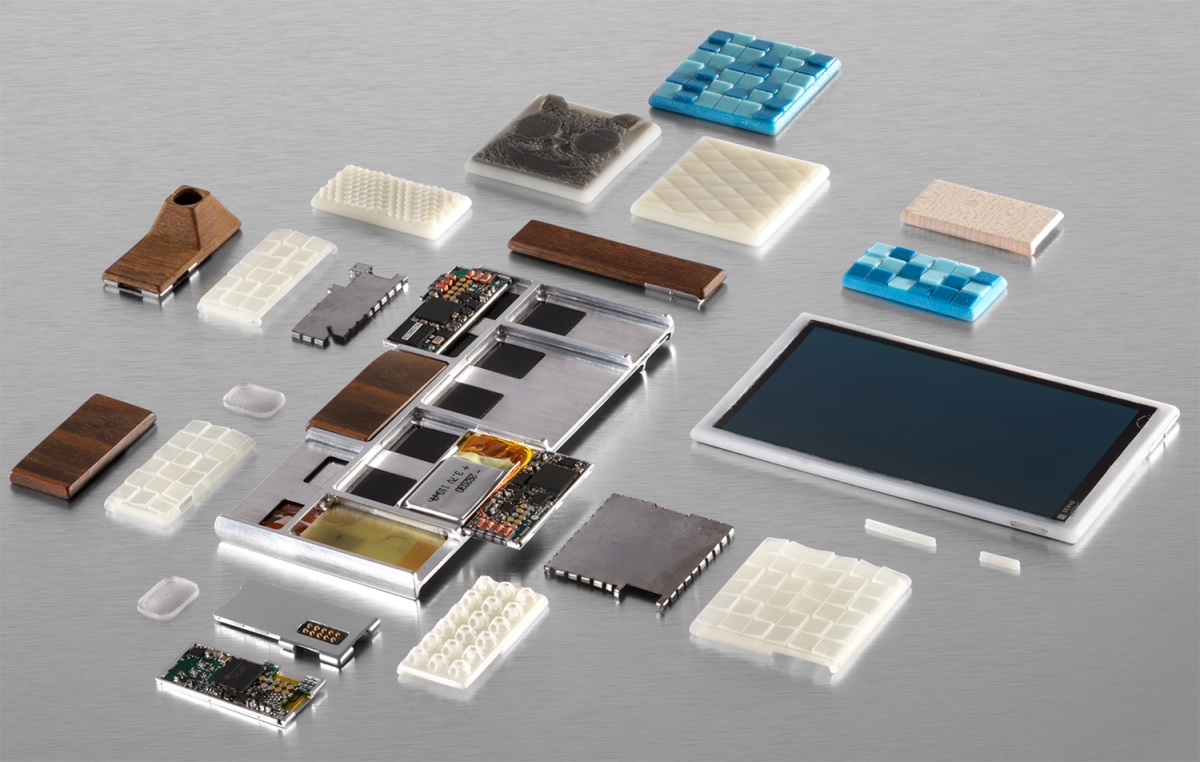
Google wants make modifying your smartphone as easy as rearranging Lego blocks.
That’s the premise of Project Ara, a plan to make phones with parts that can be easily snapped on and off, allowing for an unprecedented level of customization. Google first unveiled the concept roughly two years ago. After a series of fits and starts, Google is now promising that consumers will be able to buy the first Ara phone sometime next year.
The idea might sound far-fetched, but consider this: What if you could just replace your phone’s camera instead of paying hundreds to upgrade to an entirely new device? Or what if you were able to add more powerful speakers to your phone when watching a movie or listening to Spotify? Some parts will be off-limits for swapping — the processor, for instance. But Ara phones will still allow for intriguing possibilities.
Read More: Project Ara: Inside Google’s bold gambit to make modular smartphones
Google is opening up the Ara platform to outside developers and companies, meaning your phone could turn into a digital Swiss Army knife of sorts, as CNET explains. A diabetic could add a glucose sensor to his or her phone. An automaker could give you a module that works as a key for your new car. There is precedent here: Smartphone maker LG has already taken steps towards embracing a modular smartphone concept; owners of the LG G5 can swap out the bottom of the device and add a camera grip. (The phone, however, is getting mixed reviews.)
There’s no guarantee the Project Ara concept will catch on. While diehard technology hobbyists take pleasure in their ability to customize equipment like desktop computers, most consumers are used to relatively few customization options (and therefore a simpler buying process) when it comes to their gadgets. Other companies have tried and failed to pull off the “modular phone” concept.
But if Ara is a hit, it could change the way we buy our smartphones. Tech companies will have to rethink the way they manufacture and market their devices. Instead of advertising minor upgrades about once a year, they will need to put more emphasis on new core components that we can’t change. The value of a phone could be determined by the number of possible customization options, rather than aspects like its camera or design. That future looks more like the world of Windows PCs, which can be built with any number of mixed-and-matched components.
But that’s a very large if. It’s unclear whether the average buyer is interested in this type of device. Every fall, shoppers line up outside Apple stores to snag the latest iPhone — which also happens to be the least customizable smartphone you can buy. For any given iPhone iteration, your can choose between two physical sizes, three storage sizes, and a small handful of color options. While some Android phones allow owners to swap out the battery or add extra storage space, Apple doesn’t enable any such tweaks. Consumers might embrace a new cornucopia of smartphone component options — or they might balk at an overly confusing list of possibilities. How they react to the concept will have a major influence on the phones of the future.
More Must-Reads from TIME
- Why Biden Dropped Out
- Ukraine’s Plan to Survive Trump
- The Rise of a New Kind of Parenting Guru
- The Chaos and Commotion of the RNC in Photos
- Why We All Have a Stake in Twisters’ Success
- 8 Eating Habits That Actually Improve Your Sleep
- Welcome to the Noah Lyles Olympics
- Get Our Paris Olympics Newsletter in Your Inbox
Contact us at letters@time.com